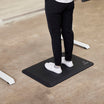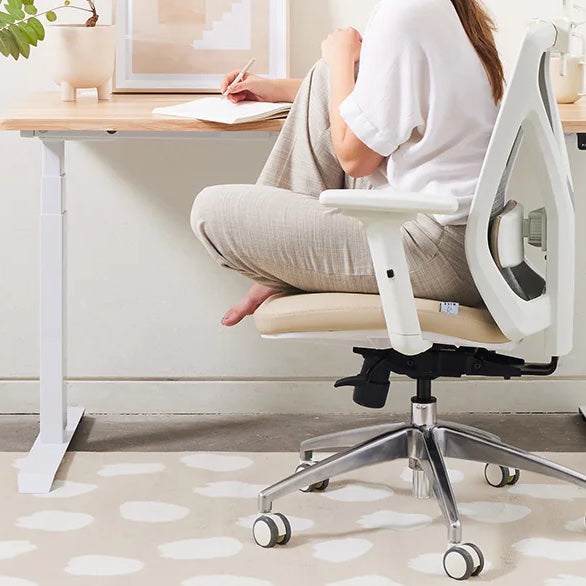Posture really is everything. The way you sit affects every part of your body. Poor posture can affect your energy levels, mood, sleep quality, and overall well being.

How often do you sit at a desk or laptop all day long without even realizing it? If you spend too much time sitting down, you might develop bad posture.
Bad posture is not only something unattractive, but something that will contribute to long term chronic medical conditions.
Sitting for prolonged periods of time has become a common practice for many people. In fact, according to the American Academy of Orthopedic Surgeons (AAOS), over half of adults in the U.S. suffer from some type of musculoskeletal disorder.

What Are the Consequences of Bad Posture?
Poor posture can lead to:
- Neck pain
- Back pain
- Headaches
- Shoulder pain
- Knee pain
- Hip pain
- Foot problems
- Leg cramps
- Arthritis
- Carpal tunnel syndrome
- Sleep disorders
- Depression
- Anxiety
- Stress

Posture is one of those things that most people don't think about until they see someone else's bad posture, or worse, until the listed effects start to set in. But what does good posture look like? And how can we tell if our own posture is good or bad?
The good news is that there are simple things you can do to improve your posture.
What Does Good Posture Look Like?
Good posture is when your spine is straight. Your shoulders should be relaxed and back against the chair. You shouldn’t have any tension in your neck.
You also want to avoid slouching. Slumping forward with your head hanging low is considered poor posture.

Your feet should be flat on the floor, shoulder width apart. This helps keep your hips level.
If you feel like you need to stand up more frequently throughout the day, try standing up every hour. It may take a little while to get used to this new habit, but once you start noticing how much better you feel after standing up, you’ll probably stick with it.

Try these tips to help you maintain proper posture:
- Sit upright in a chair. Keep your knees slightly bent and your feet flat on the floor.
- Keep your arms by your sides. Don’t cross them or hold anything.
- Don’t slump forward. Lean back into the seat if you must.
- Avoid leaning forward.
- Stand up regularly. Stand up every hour or so.
- Try to make sure your feet are flat on the ground.
- Make sure your shoulders are relaxed.
- Take breaks throughout the day. Get up and walk around. Stretch out your legs.
- Use an ergonomic keyboard.
These small changes can go a long way toward improving your health and wellness.
























